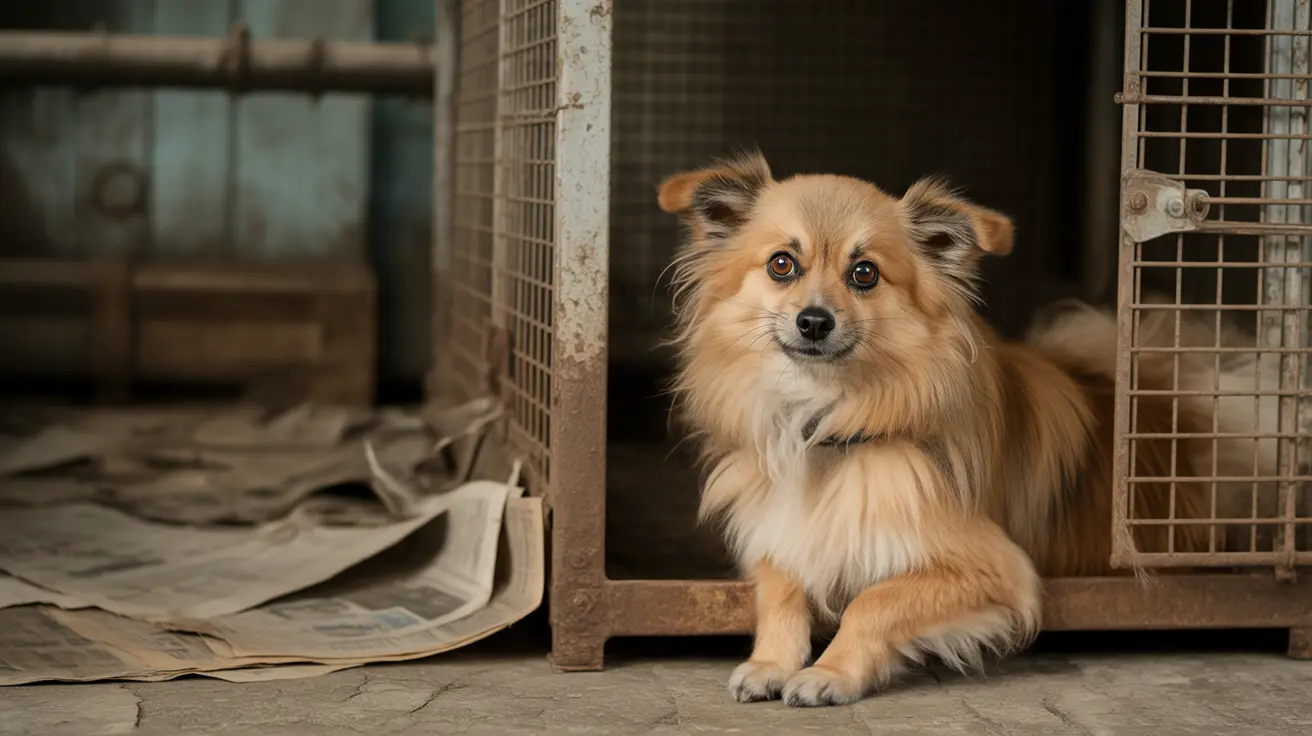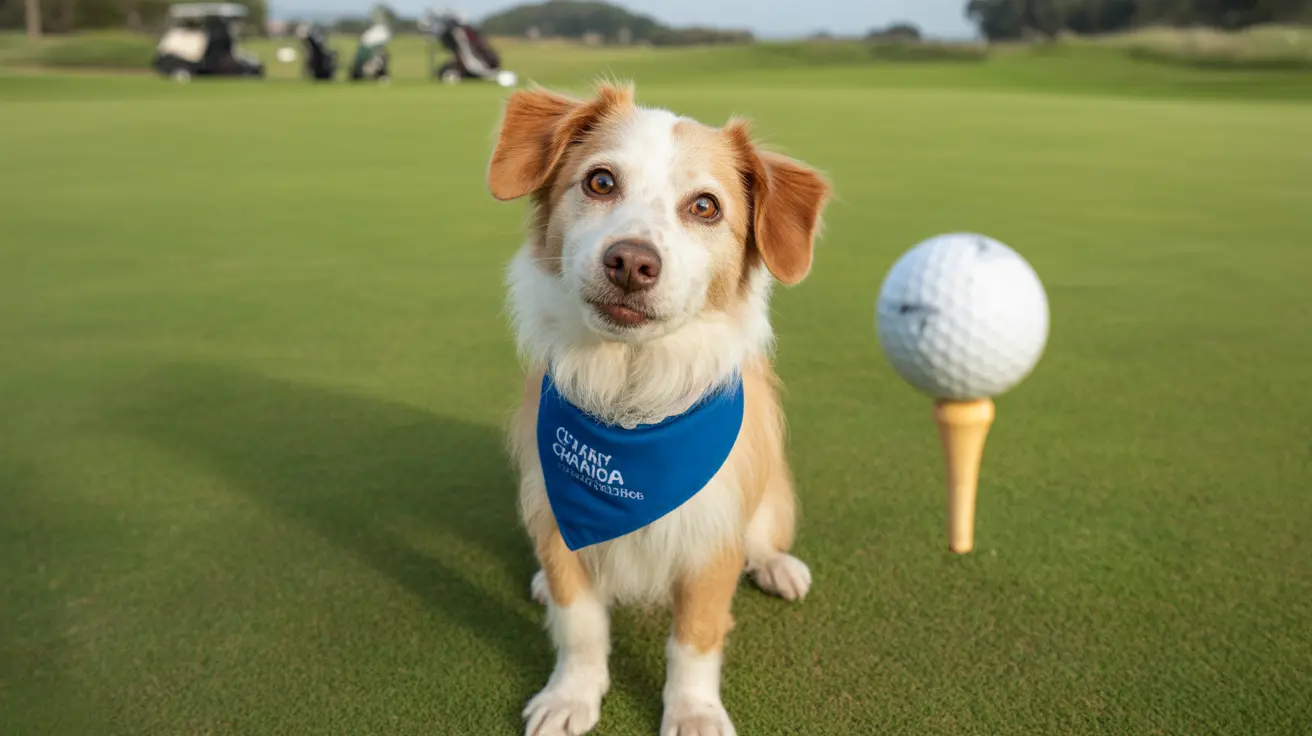Many cat owners wonder about expanding their pet's diet beyond commercial cat food. Green beans have emerged as a potential healthy treat option, but it's essential to understand how to safely incorporate them into your cat's diet. This comprehensive guide will explore everything you need to know about feeding green beans to your feline friend.
While cats are obligate carnivores who primarily need meat-based proteins, certain vegetables like green beans can serve as occasional treats when prepared properly. Let's dive into the benefits, risks, and best practices for sharing this nutritious vegetable with your cat.
Nutritional Benefits of Green Beans for Cats
Green beans pack an impressive nutritional punch, containing various vitamins and minerals that can complement your cat's regular diet. They're low in calories but rich in fiber, making them an excellent option for weight management. These vegetables contain:
- Vitamins A, C, and K
- Essential minerals like iron and calcium
- Dietary fiber for digestive health
- Plant-based proteins
- Low-calorie content (only 16 calories per half cup)
Safe Preparation Methods
The way you prepare green beans for your cat is crucial for their safety and digestibility. Here are the essential guidelines to follow:
Cooking and Serving
Always serve green beans:
- Plain and unseasoned
- Steamed or lightly cooked until tender
- Cut into small, manageable pieces
- At room temperature
- Without any additives, oils, or seasonings
What to Avoid
Never serve green beans with:
- Salt or seasonings
- Butter or oils
- Garlic or onions (toxic to cats)
- Sauces or dressings
- From canned sources (too high in sodium)
Portion Size and Frequency
Moderation is key when feeding green beans to your cat. Follow these guidelines:
- Start with 1-2 small pieces to test tolerance
- Maximum serving: 4-5 chopped green beans per sitting
- Offer no more than twice per week
- Monitor your cat's reaction after feeding
Potential Health Benefits
When fed appropriately, green beans can offer several benefits for cats:
- Weight management support due to low calorie content
- Added fiber for digestive health
- Potential aid in urinary health
- Natural source of vitamins and minerals
- Healthy alternative to commercial treats
Risks and Considerations
While generally safe, there are some important considerations when feeding green beans to cats:
- Not all cats will enjoy or tolerate green beans
- Excessive amounts can cause digestive upset
- Should never replace regular cat food
- May not be suitable for cats with certain health conditions
- Always consult your veterinarian before introducing new foods
Frequently Asked Questions
Can cats safely eat green beans, and how should they be prepared?
Yes, cats can safely eat green beans when they're properly prepared. Steam or lightly cook them without any seasonings, oils, or additives. Serve them plain and cut into small, manageable pieces.
What are the health benefits of feeding green beans to cats?
Green beans can provide fiber for digestive health, support weight management due to their low calorie content, and offer additional vitamins and minerals. However, they should only complement a complete and balanced cat food diet.
How much green bean can I give my cat without causing digestive issues?
Start with 1-2 small pieces and observe your cat's reaction. A safe maximum portion is 4-5 chopped green beans per serving, offered no more than twice per week.
Are there any risks or toxic ingredients I should avoid when giving green beans to my cat?
Avoid seasonings, oils, garlic, onions, and salt. Never serve canned green beans due to high sodium content. Always serve plain, cooked green beans without any additives.
Can green beans help with my cat's weight management or urinary health?
Yes, green beans can be helpful for weight management due to their low calorie and high fiber content. Some veterinarians suggest they may support urinary health when used as part of a supervised diet plan, but always consult your vet first.
Conclusion
Green beans can be a healthy, low-calorie treat option for cats when prepared and served properly. Remember that they should only complement, never replace, your cat's regular diet of high-quality cat food. Always introduce new foods gradually and consult with your veterinarian, especially if your cat has existing health conditions or dietary restrictions.






